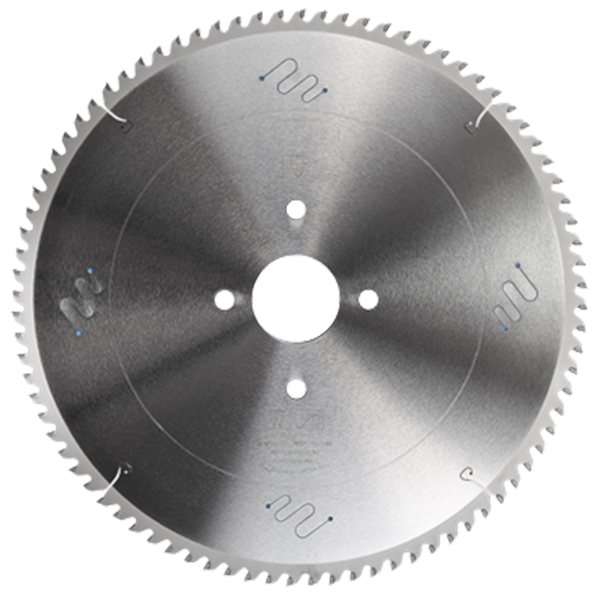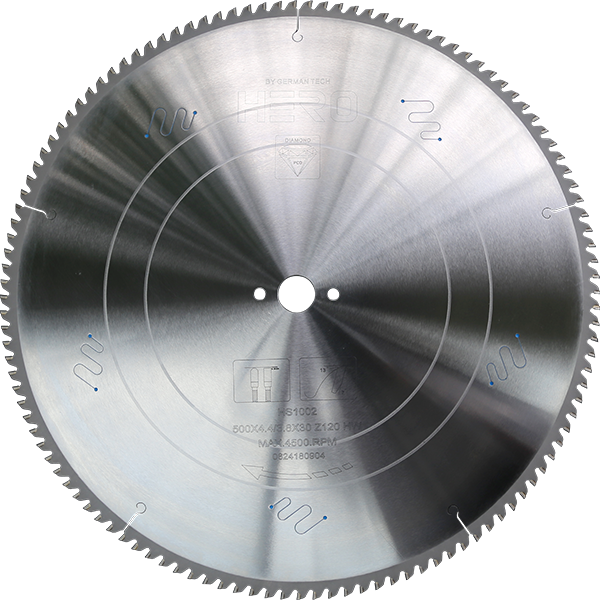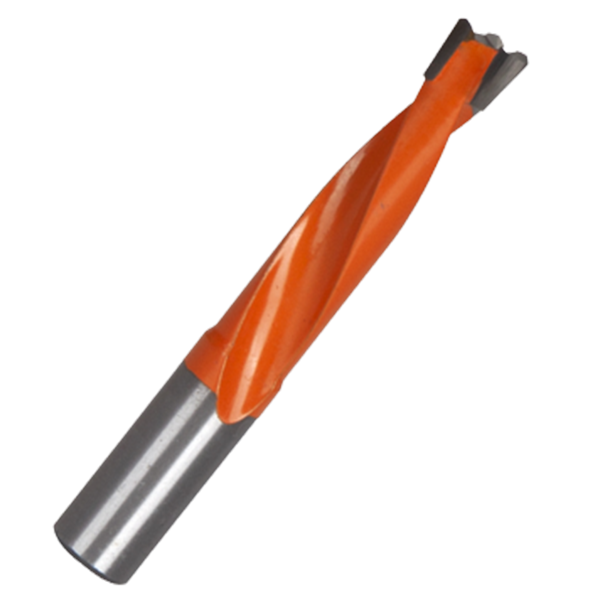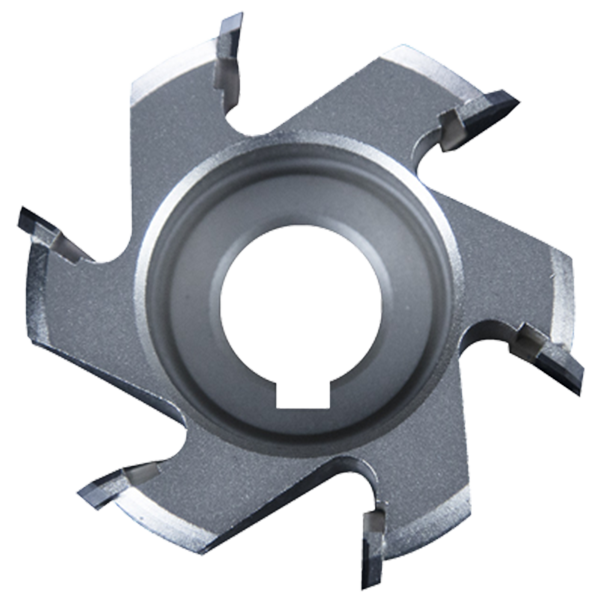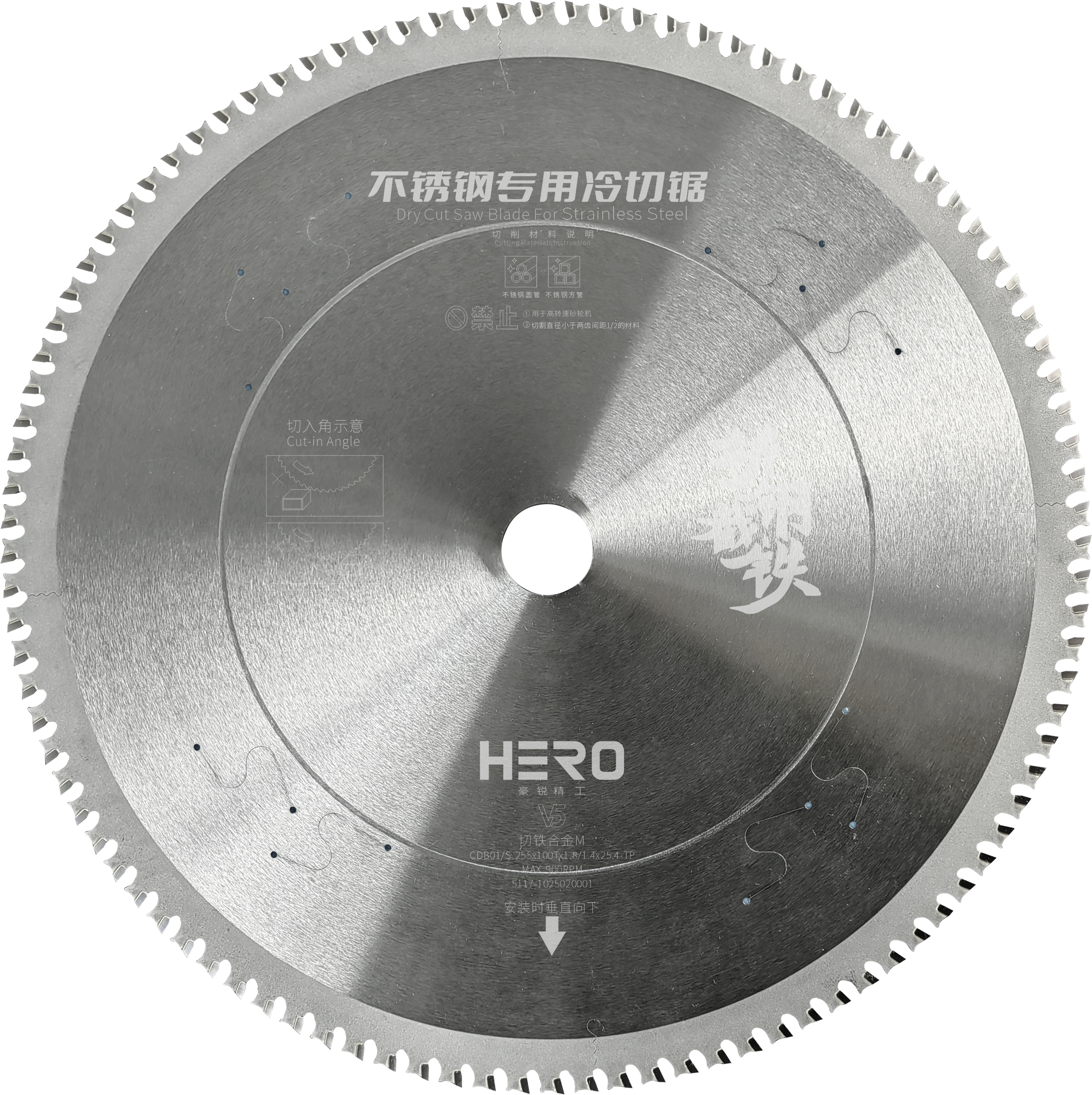What type of circular saw blade do you need to cut aluminum honeycomb?
Aluminum honeycomb is a structure composed of countless aluminum foil hexagonal cylinders. Honeycomb was named after its structure’s resemblance to that of beehives. Aluminum Honeycomb is known for its light weight – about 97% of its volume is occupied by air. That makes it possible to use the material as light weight, highly-rigid honeycomb sandwich panels by bonding aluminum plate or FRP to the surfaces. Due to its many superb characteristics, including commutation and shock-absorbency,Aluminum honeycomb is commonly used in non-structural applications also.
Aluminium honeycomb core manufacturing process
BCP’s composite panels are manufactured by bonding aluminium honeycomb core in between two skins. The outer skins are most commonly made of materials such as aluminium, wood, formica and laminates but a wide variety of surfaces can be applied.Aluminium honeycomb core is highly desirable due to its incredibly high strength to weight ratio.
-
1.The manufacturing process begins with a roll of aluminium foil. -
2.The aluminium foil is passed through a printer for adhesive lines to be printed. -
3.It is then cut to size and stacked into piles using a stacking machine. -
4.The stacked sheets are pressed using a heated press to allow the adhesive to cure and bond the sheets of foil together to form a block of honeycomb. -
5.The block can be cut into slices. The thickness can be custom-made to customer requirements. -
6.The honeycomb is then expanded.
Finally, the expanded aluminium honeycomb core is bonded together with the customers specified skins to create our bespoke composite panels.
These panels deliver rigidity and flatness with minimal increase in weight and help our customer’s to save on cost, weight and materials.
Featuer
-
Light weight・ high stiffness -
Flatness -
Shock absorbency -
Rectification characteristics -
Scattered light characteristics -
Electric wave cover characteristics -
Design characteristics
Applications
*Aerospace products(Satellite, rocket body structure, Plane Flap・Floor Panel)
-
Industrial instrument (Processing machine table) -
Bumper, Car crash test barrier -
Wind tunnel laboratory equipment, Air flow meter -
Lighting louver -
Electromagnetic shielding filter -
Decorative applications
What type of circular saw blade do you need to cut metal?
Using the correct blade for the material you are cutting will make the difference between a beautiful finish and a rough, jagged finish.
Key Takeaways
-
To cut metal using a circular saw, you need a carbide-tipped abrasive cutoff wheel specifically designed for metal. They differ from wood-cutting blades in material and design to handle the hardness and characteristics of metal. -
The choice of blade depends on the type of metal being cut, with different blades required for non-ferrous metals like brass, aluminum, copper or lead. Carbide-tipped blades are durable, lasting up to 10 times longer than regular steel blades. -
When selecting a blade, consider the metal’s thickness since the tooth count on the blade should correspond to the material’s thickness for optimal cutting. The blade’s packaging typically indicates the suitable material and thickness.
When using a circular saw, you need to be sure you’re using the correct blade for the material you are cutting. Not only will you need a different blade for cutting aluminum than you would for cutting wood, but a aluminum-cutting blade should not be used in the same saw as the type used for wood. This is because a wood-cutting circular saw has an open motor housing. While a aluminum-cutting saw has a collection bin to prevent aluminum chips from getting into the machine, a woodcutting saw isn’t designed this way. If you do decide to use a wood saw on aluminum, only use a 7 1/4-inch blade and preferably a worm drive blade, which provides extra torque. Be aware that while most saw blades should be installed with the label visible, worm-drives are mounted on the opposite side.
You’ll need different blades for different kinds of aluminum. You should be able to use a carbide-tipped abrasive cutoff wheel for non-ferrous metals like brass, metal, copper or lead. Carbide-tipped blades last up to 10 times longer than regular steel ones. The pitch and design of the blade you choose will also vary depending on the thickness of the aluminum in question. In general, you’ll want a higher tooth count for thinner aluminum and a lower tooth count for thicker ones. The packaging of the blade should specify what material and thickness the blade is appropriate for, and if you have any questions, you can always contact the manufacturer.As always when purchasing a blade for your circular saw, make sure it has the right diameter and arbor size to match your saw.
How to choose a saw blade for cutting aluminum honeycomb panels?
Since the two panels of the honeycomb panel are thin, usually between 0.5-0.8mm, the most commonly used saw blade for cutting aluminum honeycomb panels is a saw blade with a diameter of 305. Considering the cost, the recommended thickness is 2.2-2.5 as the optimal thickness. If it is too thin, the alloy tip of the saw blade will wear out quickly and the cutting life of the saw blade will be short. If it is too thick, the cutting surface will be uneven and have burrs, which will not meet the cutting requirements.
The number of saw blade teeth is commonly 100T or 120T. The tooth shape is mainly high and low teeth, that is, TP teeth. Some manufacturers also like to use left and right teeth, that is, alternating teeth. The advantages are fast chip removal and sharpness, but the service life is short! In addition, it is required to cut aluminum honeycomb panels. The stress on the steel plate base of the saw blade must be good, otherwise the saw blade will deflect seriously during cutting operation, resulting in poor cutting accuracy and burrs on the cutting surface, causing the saw bladCutting honeycomb panels requires high precision of the cutting equipment, especially the saw blade spindle runout. If the spindle runout is too large, the cutting surface of the aluminum honeycomb panel will be burred and not smooth, and the saw blade will be damaged. The service life is shortened, so the requirements for machinery are higher. Nowadays, the common machinery recommended for matching is precision panel saws, sliding table saws or electronic cutting saws. This type of mechanical equipment is maturely developed and has high stability and accuracy!e to easily chip or break!
In addition, when installing the saw blade, be sure to check whether there is any foreign matter on the flange, whether the saw blade is installed in place, and whether the cutting direction of the saw teeth is consistent with the rotation direction of the spindle.
Post time: May-09-2024








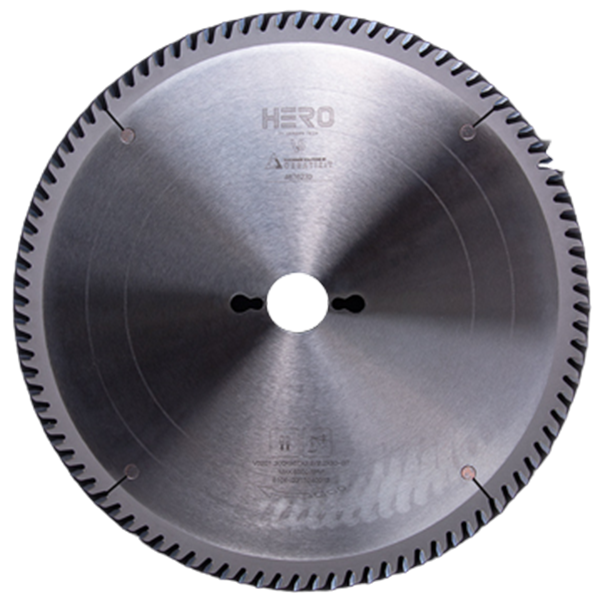 TCT Saw Blade
TCT Saw Blade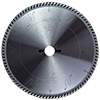 HERO Sizing Saw Blade
HERO Sizing Saw Blade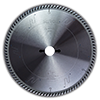 HERO Panel Sizing Saw
HERO Panel Sizing Saw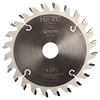 HERO Scoring Saw Blade
HERO Scoring Saw Blade HERO Solid Wood Saw Blade
HERO Solid Wood Saw Blade HERO Aluminum Saw
HERO Aluminum Saw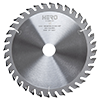 Grooving Saw
Grooving Saw Steel Profile Saw
Steel Profile Saw Edge Bander Saw
Edge Bander Saw Acrylic Saw
Acrylic Saw PCD Saw Blade
PCD Saw Blade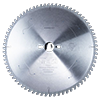 PCD Sizing Saw Blade
PCD Sizing Saw Blade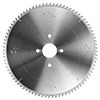 PCD Panel Sizing Saw
PCD Panel Sizing Saw PCD Scoring Saw Blade
PCD Scoring Saw Blade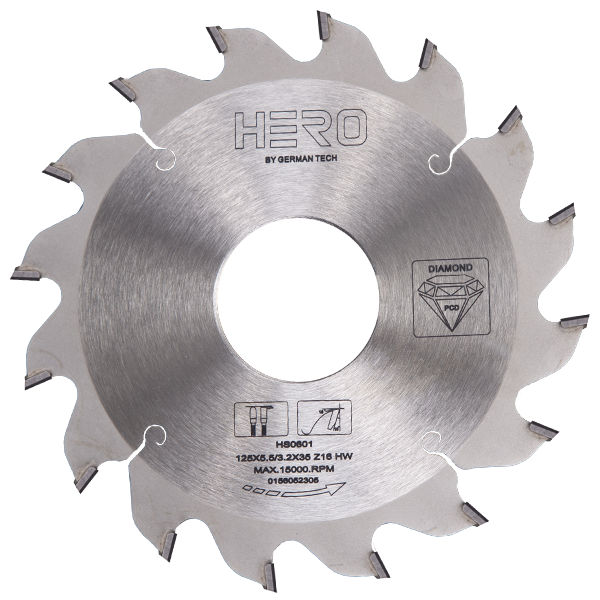 PCD Grooving Saw
PCD Grooving Saw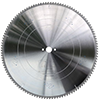 PCD Aluminum Saw
PCD Aluminum Saw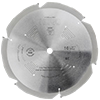 PCD Fiberboard Saw
PCD Fiberboard Saw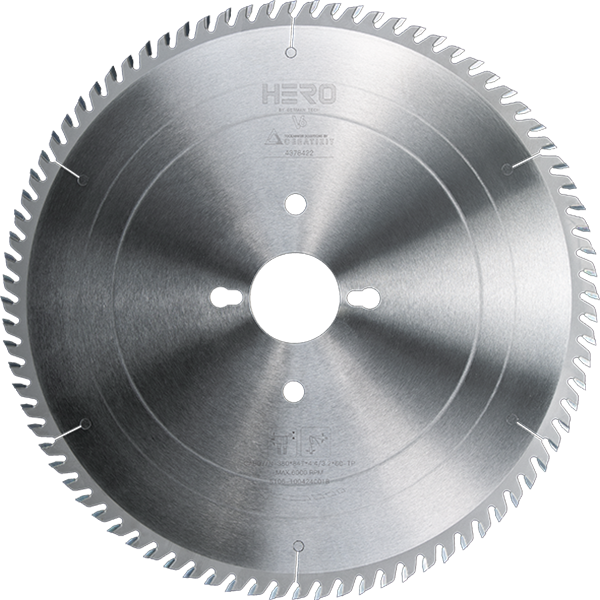 Cold Saw for Metal
Cold Saw for Metal Cold Saw Blade for Ferrous Metal
Cold Saw Blade for Ferrous Metal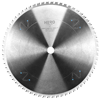 Dry Cut Saw Blade for Ferrous Metal
Dry Cut Saw Blade for Ferrous Metal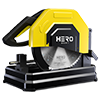 Cold Saw Machine
Cold Saw Machine Drill Bits
Drill Bits Dowel Drill Bits
Dowel Drill Bits Through Drill Bits
Through Drill Bits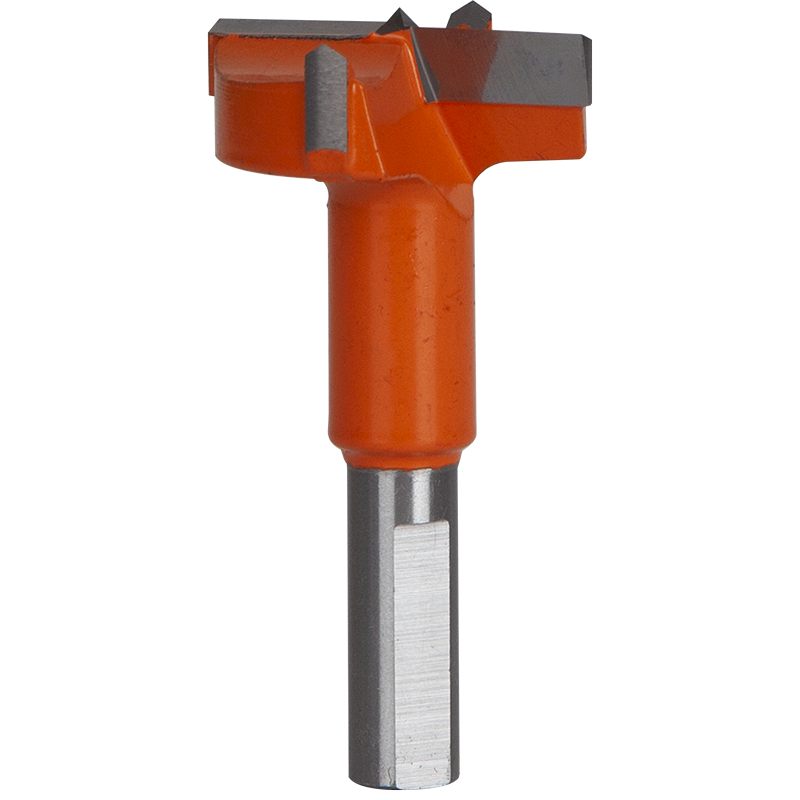 Hinge Drill Bits
Hinge Drill Bits TCT Step Drill Bits
TCT Step Drill Bits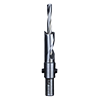 HSS Drill Bits/ Mortise Bits
HSS Drill Bits/ Mortise Bits Router Bits
Router Bits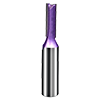 Straight Bits
Straight Bits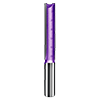 Longer Straight Bits
Longer Straight Bits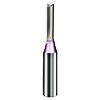 TCT Straight Bits
TCT Straight Bits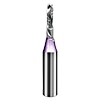 M16 Straight Bits
M16 Straight Bits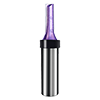 TCT X Straight Bits
TCT X Straight Bits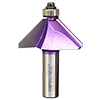 45 Degree Chamfer Bit
45 Degree Chamfer Bit Carving Bit
Carving Bit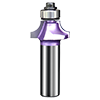 Corner Round Bit
Corner Round Bit PCD Router Bits
PCD Router Bits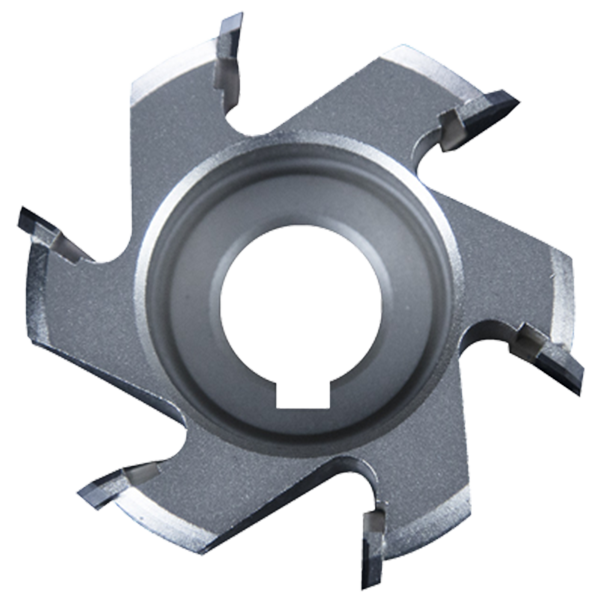 Edge Banding Tools
Edge Banding Tools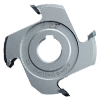 TCT Fine Trimming Cutter
TCT Fine Trimming Cutter TCT Pre Milling Cutter
TCT Pre Milling Cutter Edge Bander Saw
Edge Bander Saw PCD Fine Trimming Cutter
PCD Fine Trimming Cutter PCD Pre Milling Cutter
PCD Pre Milling Cutter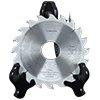 PCD Edge Bander Saw
PCD Edge Bander Saw Other Tools & Accessories
Other Tools & Accessories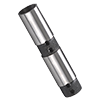 Drill Adapters
Drill Adapters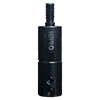 Drill Chucks
Drill Chucks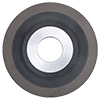 Diamond Sand Wheel
Diamond Sand Wheel Planer Knives
Planer Knives
